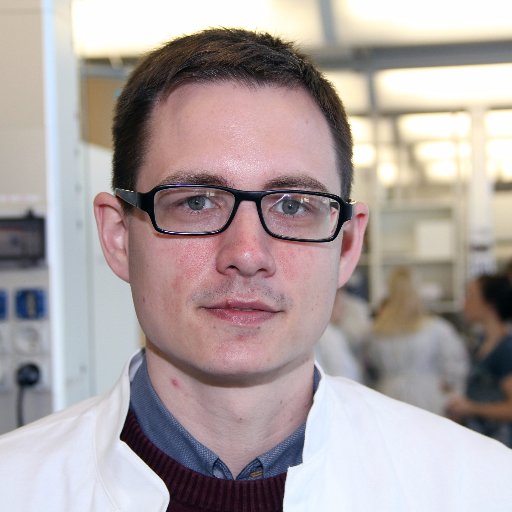
Mads Albertsen
@MadsAlbertsen85
Followers
6K
Following
6K
Media
96
Statuses
3K
Dad | DNA Sequencing Nerd | Prof. AAU | Co-founder DNASense
Randers, Denmark
Joined March 2011
RT @VSelskab: 💥 PODCASTEN GRUNDTANKER er tilbage!. Og vi lægger stærkt ud med @MadsAlbertsen85, der i 1. episode af sæson 4 tager os med på….
0
2
0
RT @kirk3gaard: The dream is to go deep @nanopore on all 10k samples. So far we have done a "pilot" study with 150 samples at 100+Gbp @nano….
0
6
0
RT @kirk3gaard: At #isme19? Today is your chance to catch @SorenHeidelbach present on the epi(c) information that you can get from your @na….
biorxiv.org
DNA methylation is vital for understanding microbial biology, but a rarely used feature in recovery of metagenome-assembled genomes (MAGs). Recently, Oxford Nanopore introduced all context methylat...
0
6
0
RT @kirk3gaard: At #isme19? Make sure you catch @KnudsenKalinka presenting on the #MicroFloraDanica project today! 10k samples spanning De….
biorxiv.org
The last 20 years have witnessed unprecedented advances in revealing the microbiomes underpinning important processes in natural and human associated environments. Recent large-scale metagenome...
0
3
0
@CaitySing Finally, we are grateful for the generous funding enabling us to make Microflora Danica. The Grundfos Foundation (@PDJF_dk) funding "Microflora Danica" and the Villum Foundation (@VILLUMFONDEN) funding much of the method development before and during the project. 26/26.
1
0
2
@CaitySing Furthermore, the project was enabled by the "Microflora Danica consortium" that supplied samples and habitat classification. We are extremely grateful for their support and collaboration! 25/
1
0
3
This manuscript was spearheaded by Caitlin Singleton (@CaitySing) and Thomas BN Jensen, who both were forces of Nature to make sure everything came together in the end! Several more specific manuscripts are underway! 24/.
1
0
3
Finally, we used Illumina shotgun metagenome sequencing on all 10,686 samples, generating approx. 50,000,000,000,000 bp of sequencing data. At this scale, library preparation dominates cost, hence we cut that a factor of 5 by downscaling reactions: 13/.
journals.plos.org
Reductions in sequencing costs have enabled widespread use of shotgun metagenomics and amplicon sequencing, which have drastically improved our understanding of the microbial world. However, large...
1
0
3
(we hope some of the large rRNA database initiatives absorb our data quickly, although we know that scaling up raw data a factor 10+ is not without challenges. @ARB_SILVA, GreenGenes (@mcdonadt), @PR2database, EUKARYOME (@tedersoo)) 12/.
1
1
4





